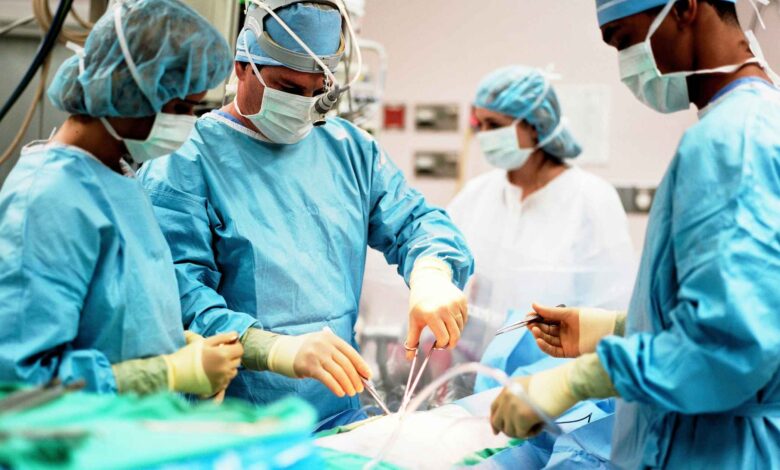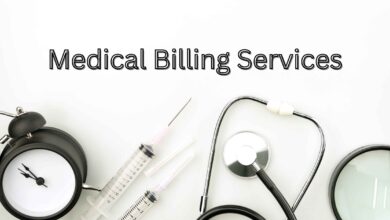Early Signs of Pilonidal Disease You Should Not Ignore

“This article talks about the first signs of pilonidal disease, such as pain, swelling, or drainage, and gives interactive steps, treatment information, and self-care tips to help people heal quickly and effectively.”
When symptoms arise, early awareness shapes outcomes. If you spot signs pointing to a pilonidal cyst treatment need, don’t delay. Timely guidance can lessen pain and prevent complications. We’re here to support your journey with actionable steps and comfort.
What Is Pilonidal Disease?
Pilonidal disease develops near the tailbone. It occurs when hair, skin debris, or friction creates an infected sac or sinus under the skin. The result is cysts forming between the buttocks that may become inflamed, tender, or pus-filled necessitating medical help.
Early Warning Signs You Should Note
- Pain or Tenderness: Often felt at the cleft above the buttocks. This may intensify when sitting.
- Red or Swollen Lump: A small bump or pimple like area can appear sometimes showing a protruding hair.
- Drainage: Clear, foul-smelling, or bloody discharge from the area may indicate an infected cyst.
- Skin Pits or Sinus Tracts: Small openings may develop after abscess drainage called pilonidal sinuses.
- Systemic Symptoms: Fever nausea and fatigue or low-grade fever could signal infection.
Why Early Detection Matters?
Detecting signs early allows faster relief. Mild symptoms often respond well to noninvasive management. But if they progress the risk of complications such as abscess chronic recurrence or even skin cancer in rare cases increases. Early attention can support better outcomes and reduce treatment pilonidal cyst needs.
Your Interactive Checklist
The interactive checklist makes it easier to respond swiftly to the first signs of pilonidal illness. Look at the area that hurts swells or drains first. While keeping it clean with mild soap and warm water. Wear clothing that is loose and sit less to avoid friction. Daily symptoms and changes should be recorded. If you feel worse or develop new symptoms and call a doctor. Take these simple steps today to stop your condition from worsening and get better faster.
If any signs appear bumps and pain or drainage do not wait. Here is what you can do:
- Wash: We gently wash with warm water and mild soap
- Avoid friction: Avoid tight garments and extensive sitting
- Monitor: Track the changes for several days
- Reach out: While seeing a doctor if symptoms worsen
The process empowers you to act proactively.
When to Seek Medical Help
If pilonidal disease symptoms increase or do not improve with basic therapy visit a doctor. Infection may cause severe pain, swelling or bloody foul smelling discharge. The presence of fever nausea or fatigue requires immediate investigation. Recurring lumps or discomfort that disrupts normal life should not be overlooked. Specialist consultation expedites diagnosis and treatment reducing problems and long term recurrence.
Contact your healthcare provider without delay if:
- Symptoms escalate after home care.
- You develop a fever or nausea.
- Drainage is sudden, foul, or bloody.
- Pain gets severe.
- The lump persists or recurs.
Swift evaluation can determine if conservative steps will help, or if more involved pilonidal cyst treatments like drainage or excision are necessary.
Understanding Treatment Options
Depending on severity, your provider may discuss multiple options:
- Conservative Care – Includes drainage for abscess or hygiene hair removal and topical care.
- Minimally Invasive Surgery – For persistent or recurrent cysts minor procedures may offer relief with quick recovery.
- Surgical Excision – Often effective for complex or recurrent disease removing the cyst and surrounding tissue.
To better understand how to identify and address these issues visit this detailed guide on pilonidal cysts.
Self-Care: Your Power in Prevention
While self care is crucial for preventing pilonidal disease. Clean and dry the area of concern to prevent infection. Regular shaving or laser removal prevents underarm hair from trapping. Loose airy garments reduce friction and irritation. Pause to move instead of sitting for lengthy periods. Keeping your hygiene, posture, and comfort in check can protect the area for years. These small routines can drastically reduce recurrence.
After treatment or between episodes, proactive steps support healing and reduce recurrence:
- Keep the area clean and dry
- Remove hair regularly shaving or laser
- While avoiding sitting for prolonged periods
- Wear breathable natural fabrics
- Change posture or stand periodically during long sitting
Simple conduct can make a big difference.
Real-Life Impact
Some patients delay care, thinking initial irritation is harmless. But later faced with infection, abscess, or recurring pain they wish they had acted sooner. Recognizing early signs can stop prolonged discomfort and prevent repeated procedures.
Why Our Approach Stands Out
We treat each patient as a person, not a case. We listen first. We evaluate carefully. We educate ourselves clearly. We guide you through choices from basic care to treatment for pilonidal cyst options suited to your needs.
We partner with you. Your comfort matters. Your healing matters. Your path forward matters.
Conclusion
Recognizing early signs of pilonidal disease bump, pain, drainage or sinus pit can save time, stress, and prevent complications. Acting early maintaining hygiene and seeking proper care empower lasting healing. With close attention, self-care and medical guidance, you can avoid chronic recurrence and live without worry.




